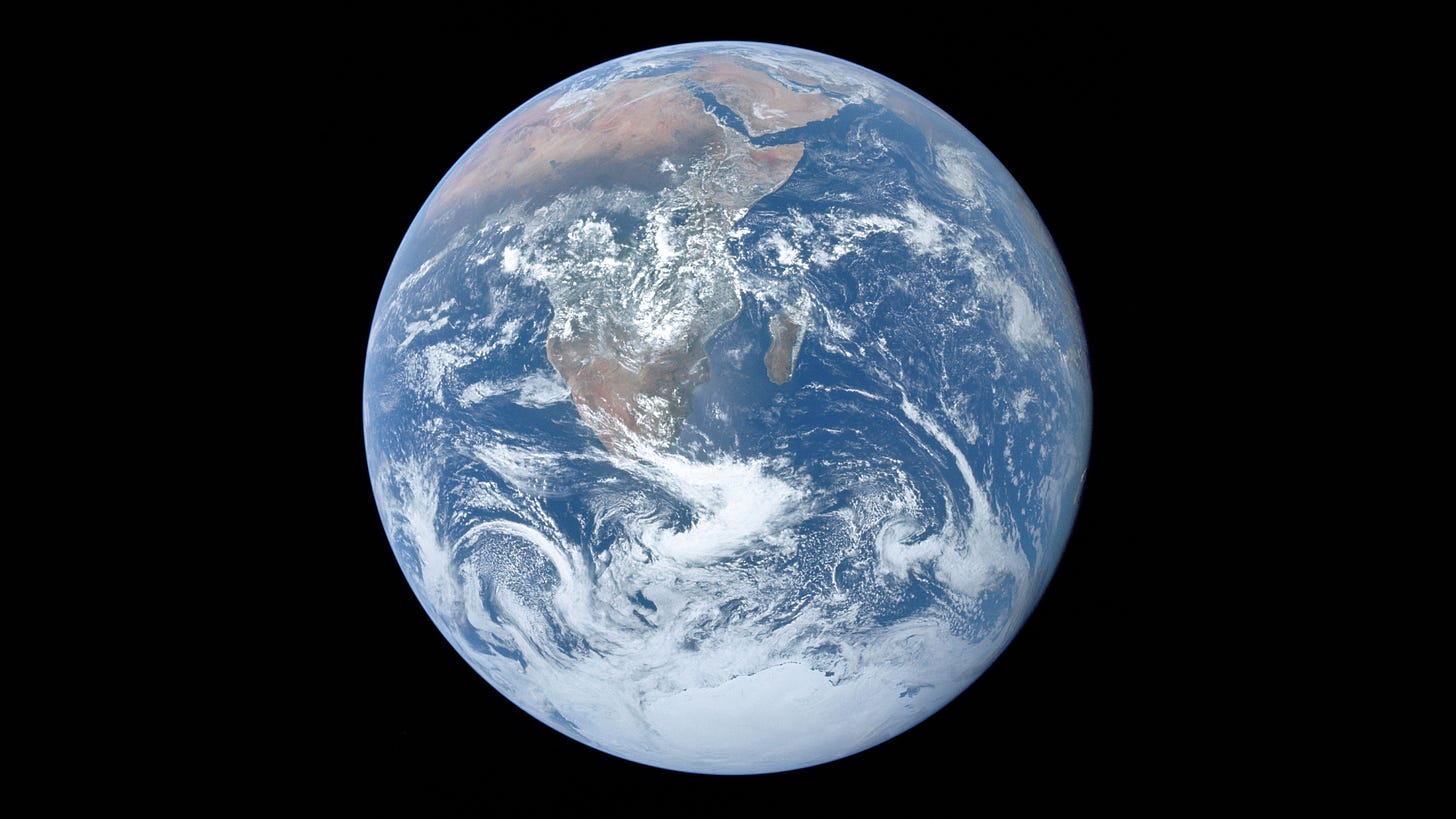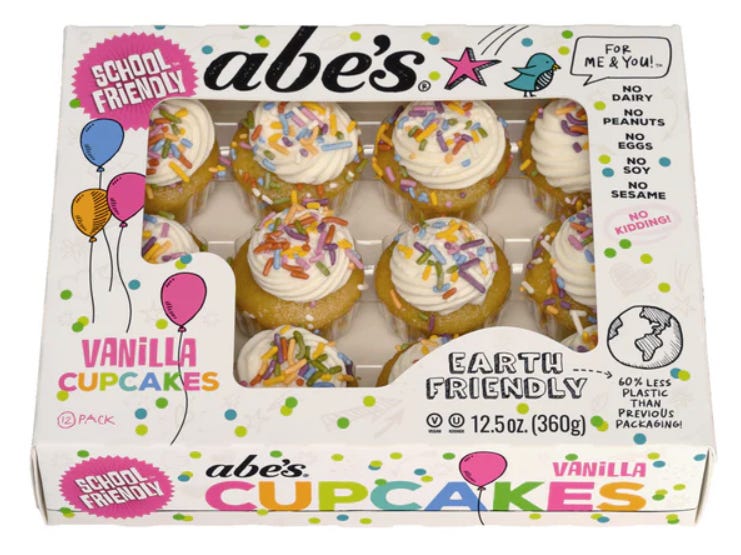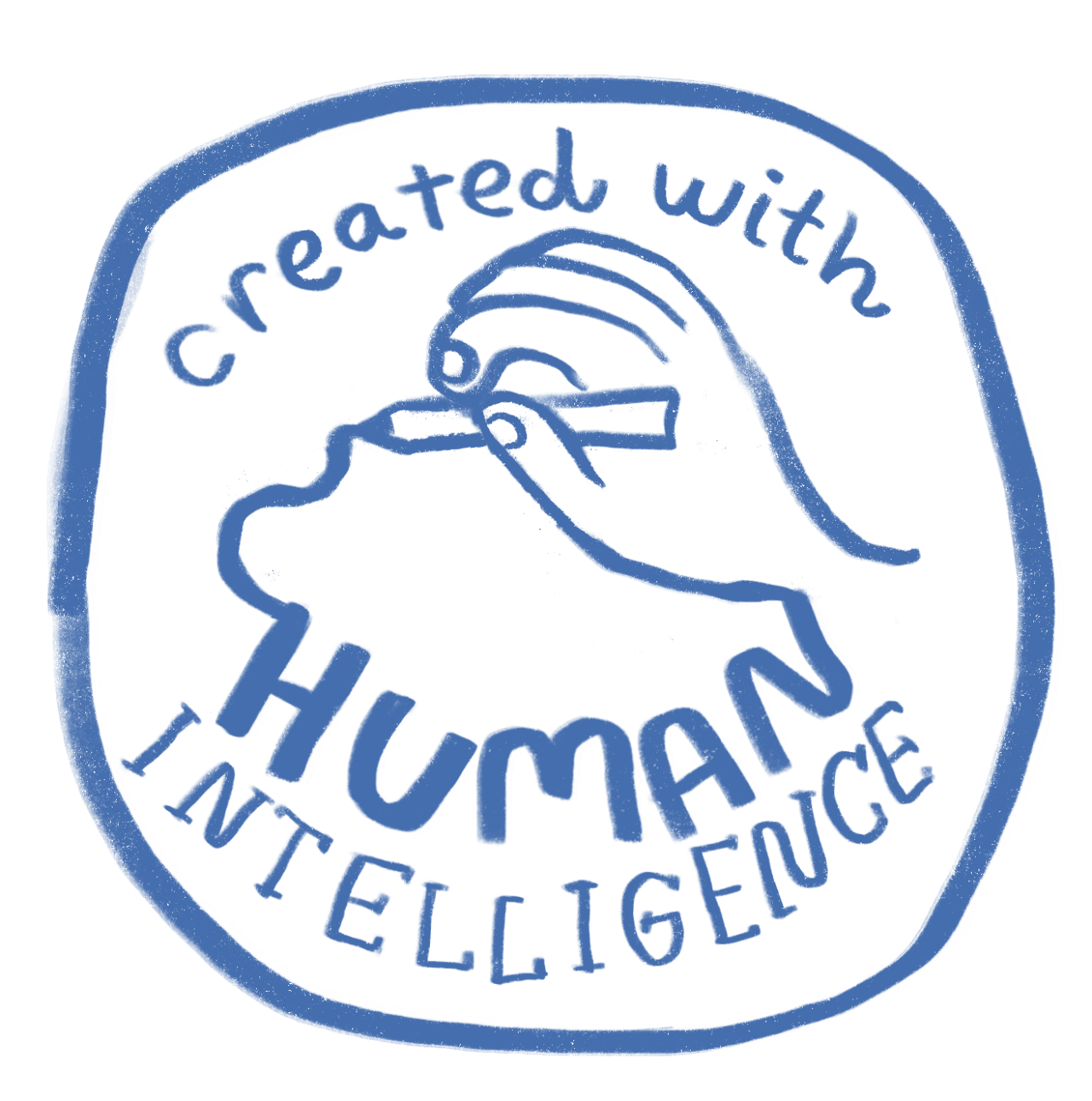How Teachers and Schools Can Be Earth Reverent In The Age Of Generative AI
Resources for teaching the environmental impact of generative AI and prioritizing the planet.

ISTE 2024 demonstrated generative AI’s impact on educational technology with 252 sessions devoted to generative AI - not including Exhibit Hall presentations.
But what if we know that generative AI contributes to climate change by using immense energy? What if generative AI uses vast water resources as well?
The Problem
Arguing that generative AI is environmentally unsustainable feels like being the prosecution in the Sam Bankman-Fried or Elizabeth Holmes cases. Rather than share the entire mountain of evidence, here are some examples explaining the problem with generative AI and Earth’s resources:
Google falling short of important climate target, cites electricity needs of AI by Alexa St. John for the Associated Press, July 2, 2024.
“Rather than declining, its [Google’s] emissions grew 13% in 2023 over the year before. Compared to its baseline year of 2019, emissions have soared 48%.
Google cited artificial intelligence and the demand it puts on data centers, which require massive amounts of electricity, for last year’s growth.
Microsoft’s AI Push Imperils Climate Goal as Carbon Emissions Jump 30% by Akshat Rathi and Dina Bass for Bloomberg, May 15, 2024.
“The Seattle-based company’s total planet-warming impact is about 30% higher today than it was in 2020, according to the latest sustainability report published Wednesday. That makes getting to below zero by 2030 even harder than it was when it announced its carbon-negative goal.”
Amid explosive demand, America is running out of power by Evan Halper for The Washington Post, March 7, 2024.
This article details how generative AI is pressing the power grid because of its energy demands. I shudder to think about rolling blackouts for the sake of misinformation and what is pejoratively called “boomer art.”
Despite the data, one of generative AI’s biggest backers, Bill Gates, does not think we should “go overboard” with concerns about AI energy consumption. Anyone familiar with Diane Ravitch’s work on public education knows Gates has been wrong before.1
There are also concerns about generative and water consumption.
The essay, AI, Colonialism, and Water, by Sahana Chattopadhyay cites numerous sources about the problems with generative AI data centers’ water consumption.
“The new data centers popping up in developing nations will be thirsty. That’s because, as servers store and process data, they get hot, and freshwater coming from the public supply is the cheapest way to cool them.”
“Latin American communities fear that this “data colonialism” will consume water they desperately need for drinking and agriculture, and are critical of their governments for giving priority treatment to transnational tech giants like Google and Microsoft, while putting people’s access to basic human necessity at risk.”
Microsoft's AI epicenter is an Iowa water hog by Jason Clayworth for Axios Des Moines, September 18, 2023.
“They [Microsoft’s five data centers] consumed as much as 11.5 million gallons of water a month for cooling, or about 6% of WDM's total usage during peak summer usage during the last two years, according to information from West Des Moines Water Works.”
Action Steps And Resources For Schools
There are things schools and teachers can do to show reverence for the Earth amidst excitement about generative AI.
Teach Environmental Racism and Environmental Justice
Considering what the Stochastic Parrots paper documented about generative AI and environmental racism, teaching Environmental Racism and Environmental Justice is a vital mission for schools.
Even before generative AI, there was a pressing need to teach about Environmental Racism and Environmental Justice. NEA Today has a good explainer about this:
Environmental Justice: Why We Should Teach it and How to Get Started by Amanda Litvinov for NEA Today, March 31, 2022.
Here are some resources for teaching Environmental Racism and Environmental Justice:
Learning For Justice Environmental Racism lesson plan - Grades 6-8.
Learning For Justice Reporting On Environmental Racism lesson plan - Grades 9-12.
Zinn Education Project Water and Environmental Racism teaching activity.
Zinn Education Project A People’s Curriculum for the Earth: Teaching Climate Change and the Environmental Crisis teaching guide.
National Geographic Education Yes, the Environment Can Have Racist Effects, Too - Grades 9-12.
Institute For Humane Education Resources For Teaching About Environmental Racism And Environmental Justice.
Take Action Global (TAG)
After ISTE 2023, I was down about generative AI hype. The lack of critical thinking about generative AI depressed me about the state of educational technology. Then I read what Lindsay Zilly of Take Action Global wrote about ISTE 2023.
“This year’s big focus: Artificial Intelligence. For TAG, we subscribe to a different AI than the one popping up all over ISTE this year. Our AI is Appreciative Inquiry. It is our approach to learning — for students, for teachers, for ourselves which centers on inquiry and empathy.” - Lindsay Zilly.
Reading this made my heart swell like The Grinch when he sees the goodness of the Whos in Whoville.

Take Action Global’s (TAG) mission is to “Pioneer solutions in climate education and student action, empowering students, teachers, and partners, to reverse climate change and realize environmental justice for all.”
TAG has programs and resources on its website for teaching about climate change in schools. TAG’s resources cost money, though not as much as generative AI apps with bad student data privacy practices. Have a look and reach out to the TAG team for more information.
Free resources from TAG include:
The Climate Action Project is a free six-week program classroom program launching on September 23. 2024.
TAG’s free EarthProject app for iOS and Android helps students and teachers see their impact on the planet.
Geographies Of Digital Wasting
An excellent resource to teach students about e-waste and generative AI is Geographies of Digital Wasting. This website “threads together four sites spread across the globe, each sitting at distinct points in the digital supply chain, and illustrates how waste comes to be differentially defined, contested, operationalized, and resisted across these sites.”
The four sites illustrate the operation, extraction, manufacturing, and discarding of e-waste. The Operation page uses maps to vividly detail the impact of “AI” data centers in Northern Virginia.
Bringing e-waste and its impact to the fore with this resource will help students be Earth reverent.

Apply The AI Resource Test
Once students appreciate environmental racism and climate change and have a sense of Earth reverence, they can look at generative AI through an environmental lens.
As previously mentioned on Critical Inkling, researchers from the University of California Riverside and the University of Texas Arlington published a paper that found an average conversational exchange with ChatGPT “basically amounts to dumping a large bottle of fresh water out on the ground.”

Not only do AI data centers consume water, but they also pollute it, as explained in this video.
Additionally, generating one image using AI uses almost as much energy as charging a smartphone.

Here is a test students and teachers can apply to generative AI use: The AI Resource Test. The test questions are:
Are the prompts and generated text worth a bottle of water?
Is the generated image worth enough energy to charge a smartphone?
Use this test to engage students in critical conversations about their use of generative AI and your own.
Go Vegan!
Climate change is a systemic issue. We need systemic change to solve it. However, there is something individuals can do to have an impact: Go Vegan!2
Much like evidence suggests generative AI is not sustainable, evidence suggests eating vegan is good for the planet.
Oxford Scientists Confirm Vegan Diet Is Massively Better For Planet by Michael Clark for Science Alert, July 24, 2023.
Vegan diet can benefit both health and the environment - Harvard TH Chan School of Public Health (2019).
The climate benefits of veganism and vegetarianism by Martha Henriques and Zaria Gorvett for The BBC, May 1, 2022.
Writer Matt Reynolds, who covers climate, food, and biodiversity, wrote in Wired (September 8, 2019), “Going vegan is often touted as the most impactful thing you can do to minimise your environmental impact – more than cutting down on flights or switching to a renewable energy supplier.”
The ways schools can incorporate veganism into student life include:
Always have a vegan option at lunch.
Go meatless or vegan some days at lunch. See how it goes. Avoid a subpar effort. You do not want a reaction like New York City students’ to Vegan Fridays.
Have classroom celebrations that include or exclusively feature vegan options. For example, Abe’s Muffins makes delicious allergy-friendly treats, including cupcakes.3

Continuing The Conversation
What do you think? How is your school being Earth reverent in the age of generative AI? Comment below or start a conversation on BlueSky: tommullaney.bsky.social.
Does your school or conference need a tech-forward educator who critically examines generative AI and pedagogy? Reach out on BlueSky or email mistermullaney@gmail.com.
Post Image: The blog post image is the Full disk view of the Earth taken on December 7, 1972, by the crew of the Apollo 17 spacecraft en route to the Moon at a distance of about 29,400 kilometers (18,300 mi) from the Wikimedia Commons.
AI Disclosure:
I wrote this post without the use of any generative AI. That means:
I developed the idea for the post without using generative AI.
I wrote an outline for this post without the assistance of generative AI.
I wrote the post using the outline without the use of generative AI.
I edited this post without the assistance of any generative AI. I used Grammarly to assist in editing the post. I have Grammarly GO turned off.
There are no generative AI-generated images in this post.
For information on Bill Gates’s impact on public education in the US, please read “The Ringmaster of Education Reform” on pages 200-205 in chapter 8, White Philanthropy, of Bettina L. Love’s book, Punished for Dreaming.
Full disclosure: The author is vegan.
The author does not have any endorsement relationship with Abe’s Muffins. However, I'm game if Abe's Muffins wants to target educators who read educational technology-focused Substacks. The ball's in your court, Abe. The ball’s in your court, Abe.






